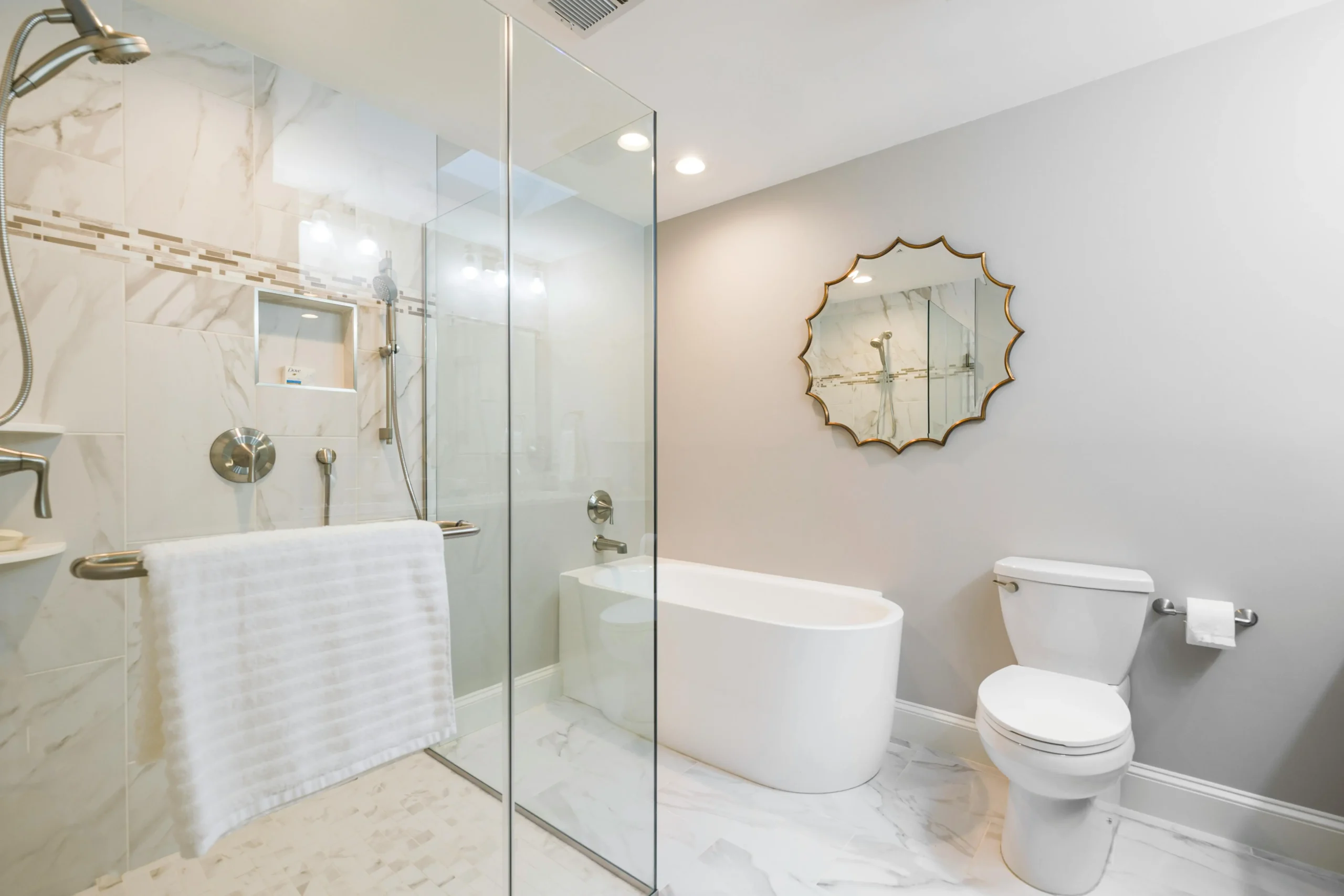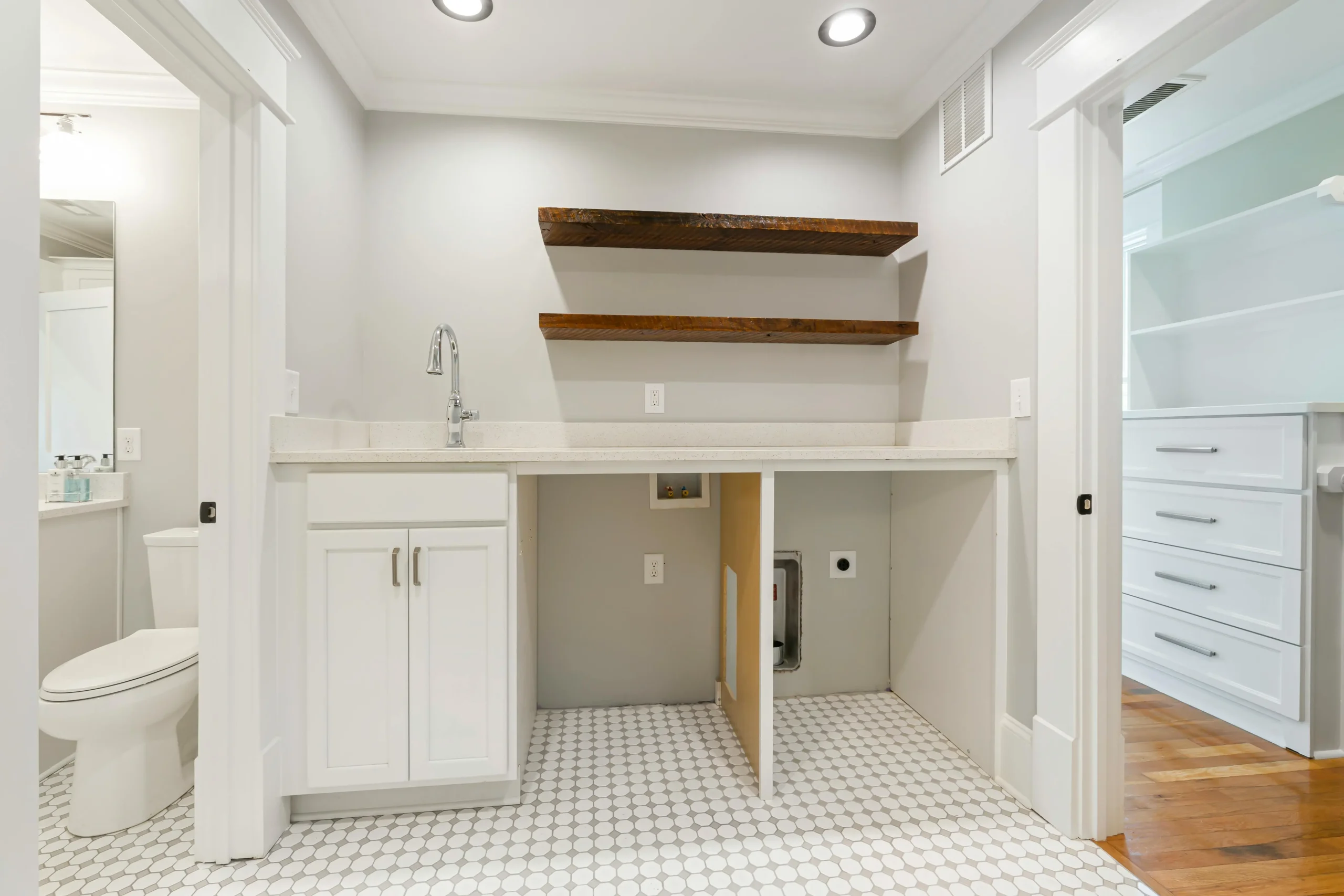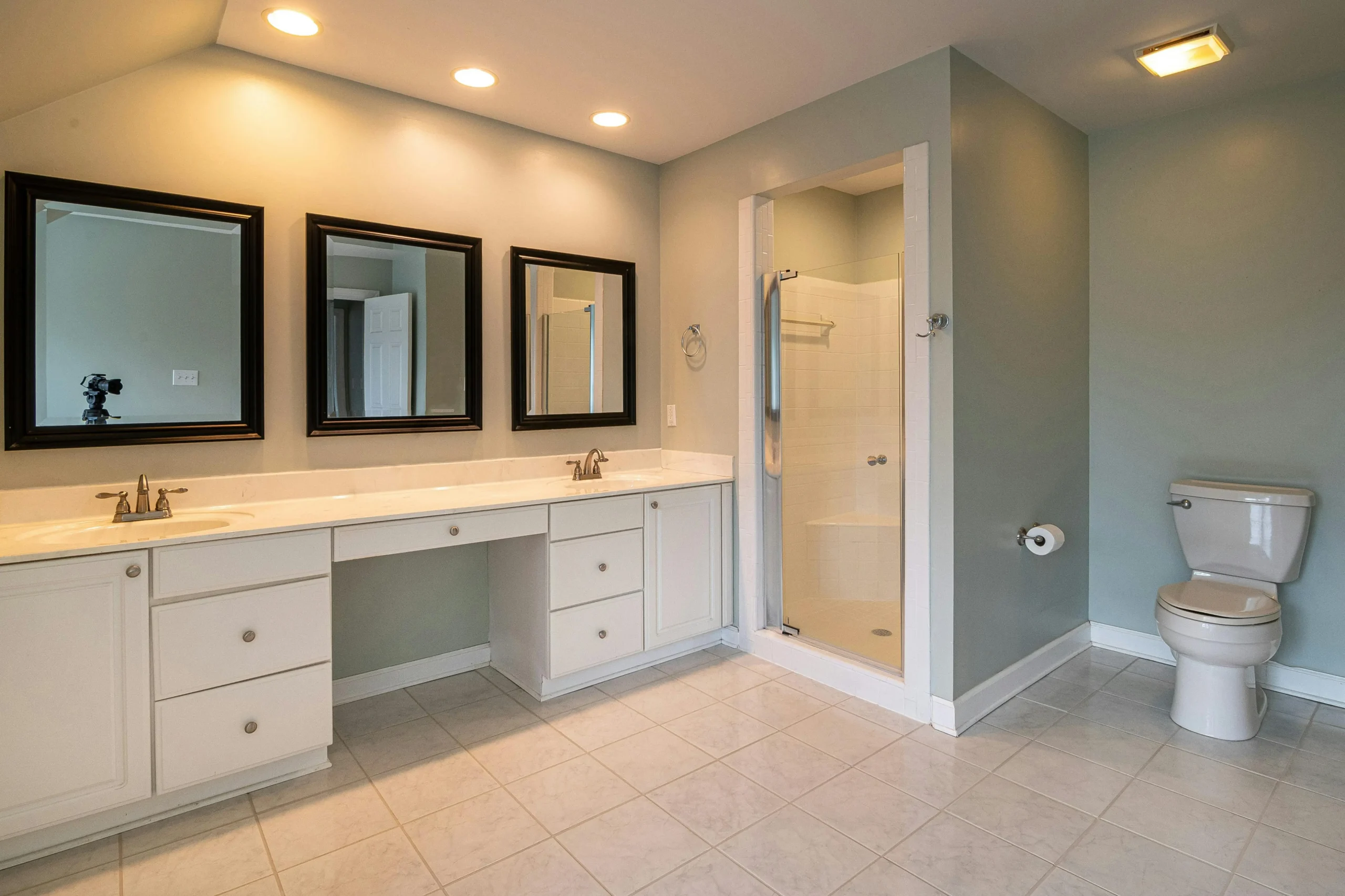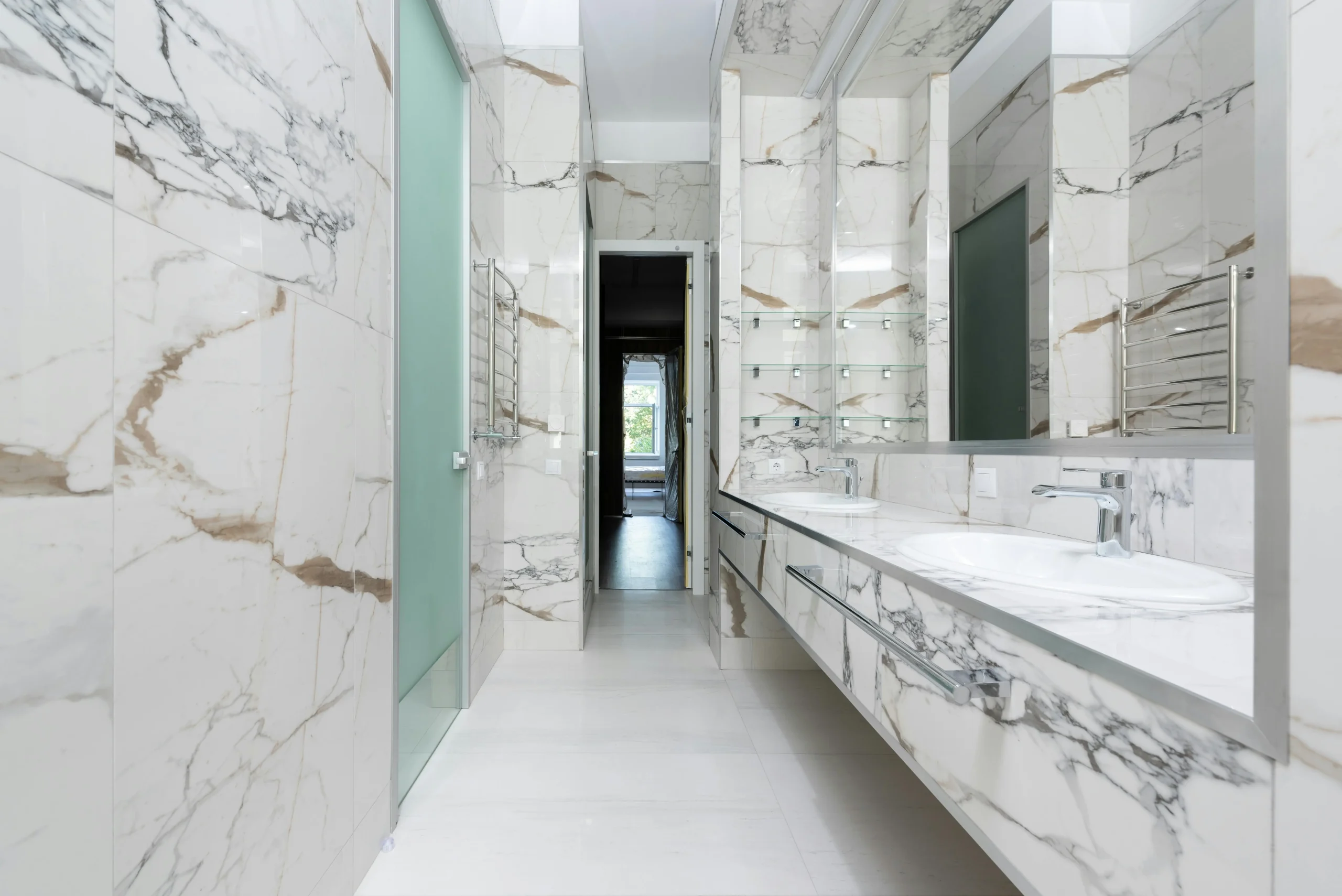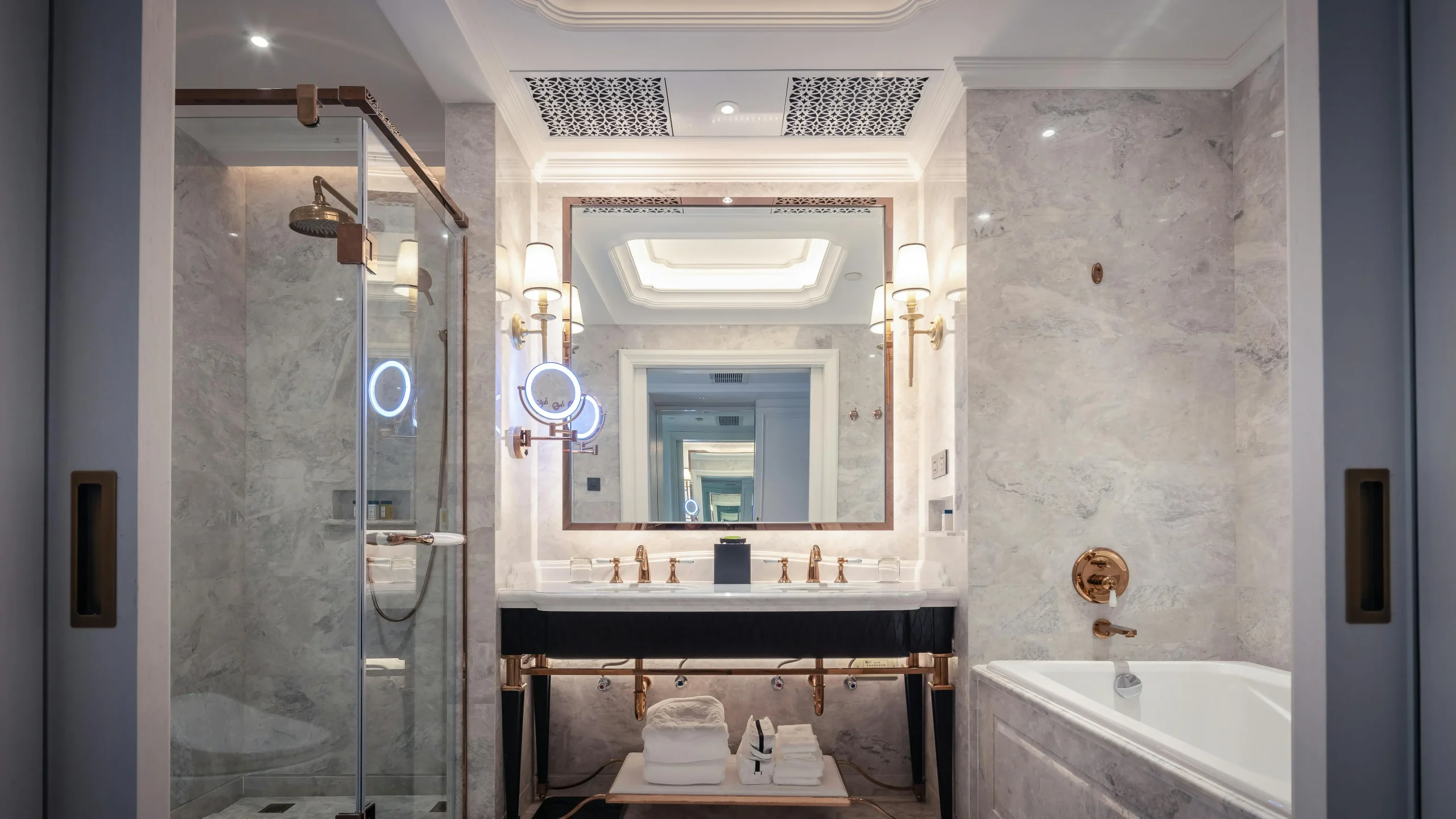Breaking Down Pittsburg Kitchen Remodel Costs
Kitchen remodel costs in Pittsburg can vary widely based on the project’s scope, design complexity, and material selections. Every phase—from demolition and design to installation and finishing—contributes to the final investment. Your budget may include expenses for new cabinetry, countertops, flooring, lighting, and appliances, along with any necessary structural modifications. Regional market conditions and local labor rates in Pittsburg also impact the overall cost. Whether you’re planning a minor update or a complete transformation, understanding these cost components is essential for setting realistic expectations. Detailed estimates from multiple local contractors help you gauge where your money is allocated. This comprehensive breakdown provides a roadmap for balancing quality with affordability while maximizing your kitchen’s functionality and visual appeal. Ultimately, a well-planned remodel in Pittsburg not only enhances your home’s beauty but also increases its market value.
Factors Influencing Remodeling Costs
Several key factors determine the final cost of your kitchen remodel in Pittsburg. The scope of your project—whether a simple refresh or a full-scale renovation—plays a crucial role. Design complexity, such as custom layouts and intricate detailing, directly affects both material and labor expenses. Local factors, including market trends, contractor demand, and regional labor rates, further influence the price. Additional costs may arise from permit fees, demolition, and potential structural adjustments. Choices in appliances and fixtures, as well as energy efficiency upgrades, can also drive up costs. Each decision you make, from the materials to the finishes, adds another layer to the overall budget. Thorough research and clear communication with contractors help you identify these variables early on. Understanding all these factors enables you to prioritize upgrades that offer the best value and meet your design goals.
Material Costs for Major Kitchen Renovations
Materials are one of the largest components of any kitchen remodel and greatly affect your budget. High-quality materials, such as custom cabinetry, natural stone or quartz countertops, and premium flooring, provide lasting durability and enhance the kitchen’s aesthetic. However, these options often come with a higher price tag. Alternatively, cost-effective materials like stock cabinetry, engineered stone, or laminate flooring can still offer a modern look at a more manageable cost. The choice of finishes, hardware, and even the color palette can influence both the appearance and long-term maintenance of your kitchen. Local suppliers in Pittsburg might offer unique products that reflect regional trends while meeting your budget needs. Comparing samples, reading reviews, and consulting with design experts are all important steps in making informed decisions. Investing wisely in materials is crucial for balancing beauty, performance, and affordability throughout your remodel.
Pittsburg Labor Costs for Kitchen Remodels
Labor costs form a significant part of your overall kitchen remodel budget in Pittsburg. The expertise of skilled professionals—carpenters, electricians, plumbers, and finishers—is essential for executing your design with precision. Labor rates in Pittsburg are influenced by local demand, contractor experience, and the complexity of the work involved. Detailed estimates from multiple contractors provide transparency and help you understand how labor charges contribute to the total cost. Projects involving custom installations, extensive demolition, or structural modifications typically require higher labor investments. Coordination among various trades can further affect pricing. Clear communication with your contractor and a well-documented timeline are key to avoiding delays and extra expenses. By selecting experienced professionals, you ensure a high-quality finish that stands the test of time and maximizes your remodeling investment.
Kitchen Remodel Cost Guide for Beginners
For those new to kitchen remodeling in Pittsburg, a detailed cost guide can help demystify the process and set clear expectations. Start by evaluating your current kitchen and determining the upgrades that will provide the greatest impact—whether that’s updating cabinetry, countertops, or flooring. A comprehensive cost guide should break down every expense, from demolition and materials to labor, design fees, and permits. It’s advisable to prepare for a contingency fund of 10–20% to cover any unexpected issues that arise during construction. Gathering multiple estimates from local contractors ensures that you have a realistic understanding of the current market prices. Keeping a detailed spreadsheet of costs allows you to track your spending and adjust your plans as needed. This step-by-step guide will empower you to make informed decisions and prioritize your spending. With careful planning, beginners can confidently embark on a remodel that transforms their kitchen without exceeding their budget.
Budgeting Tips for Kitchen Remodels
Creating a realistic and detailed budget is vital to keeping your kitchen remodel in Pittsburg on track. Begin by listing every anticipated expense, including materials, labor, permits, and design fees. Experts recommend setting aside an additional 10–20% of your total budget to account for unforeseen issues or changes in scope. Research local suppliers and contractors to gather competitive quotes and compare pricing. Prioritize spending on high-impact areas such as custom cabinetry and quality countertops, which offer both aesthetic and functional benefits. Utilizing budgeting software or detailed spreadsheets can help you monitor expenditures in real time and adjust your plan accordingly. Regularly reviewing your budget against actual costs ensures that you remain within your financial limits. Transparent communication with your contractor about costs and timelines is essential. Strategic budgeting not only ensures your project stays on track but also maximizes the overall value of your investment in your kitchen remodel.
High-End vs. Budget Kitchen Remodel: Cost Differences
Deciding between a high-end and a budget kitchen remodel in Pittsburg involves weighing the trade-offs between luxury and cost efficiency. High-end remodels typically feature custom cabinetry, premium natural stone or quartz countertops, designer lighting, and state-of-the-art appliances. These projects emphasize personalized design and superior craftsmanship, resulting in a more expensive but highly customized outcome. In contrast, budget remodels focus on significant upgrades using cost-effective materials, such as stock cabinetry, engineered stone countertops, and standard appliances, which provide a modern look without the high price tag. While upscale projects offer enhanced durability and aesthetic appeal, midrange remodels can still achieve substantial improvements that boost functionality and style. Your choice will depend on your financial flexibility, lifestyle needs, and long-term home improvement goals. Understanding the differences between these two approaches allows you to tailor your remodel to meet both your budget and design aspirations. Evaluating potential return on investment and personal priorities is crucial in making the best decision for your home.
Impact of Kitchen Size on Remodel Cost
The size of your kitchen is a significant factor in determining the overall remodel cost in Pittsburg. Larger kitchens require more materials, extended labor hours, and possibly more extensive structural modifications, all of which contribute to a higher total expense. More square footage means additional cabinetry, countertop space, flooring, and lighting are needed, which naturally increases the cost. Additionally, larger spaces may allow for extra features like kitchen islands or custom storage solutions, further impacting the budget. Conversely, smaller kitchens might require innovative design solutions to maximize efficiency, sometimes necessitating custom work that can also be costly. Accurate measurements and a detailed floor plan are essential for understanding the scope of the project. Factoring in the size of your kitchen helps you allocate resources effectively and set realistic expectations. Understanding the spatial requirements allows for more precise budgeting and a tailored remodel that maximizes every square foot of your kitchen space.
Average Price of Kitchen Remodels by Region
Regional variations can significantly impact the overall cost of a kitchen remodel, and Pittsburg is no exception. Local market conditions, including labor rates, material costs, and contractor demand, influence pricing benchmarks in the area. On average, kitchen remodels in Pittsburg typically fall within a midrange pricing structure, though high-end projects can push the cost higher. Researching comparable projects in your region provides valuable insight into what you can expect to pay. It’s important to gather multiple quotes from local contractors to ensure competitive pricing that reflects current market trends. Economic factors specific to Pittsburg, such as cost of living and local supply chains, also play a role in determining remodel expenses. This regional context allows you to set realistic budget expectations and negotiate effectively. Understanding these local factors is essential for planning a remodel that offers both quality and value. By comparing estimates with regional benchmarks, you can make more informed decisions that align with your financial goals.
FAQs: Understanding Major Kitchen Value
Frequently asked questions about kitchen remodels often focus on how updates contribute to your home’s overall value. Homeowners typically ask which improvements offer the best return on investment, whether modern upgrades can boost resale value, and what features are most attractive to potential buyers. In many cases, a quality kitchen remodel can recoup 60–80% of its cost when the home is sold, though this varies with market conditions and the extent of the renovations. Key elements that tend to drive home value include updated cabinetry, premium countertops, and energy-efficient appliances. Buyers are attracted to kitchens that combine functionality with modern aesthetics, making these remodels a strong selling point. Detailed before-and-after case studies and expert consultations can help clarify the long-term benefits of your investment. Transparent communication with your contractor and designer ensures that every upgrade is aligned with enhancing your home’s value. Understanding these factors allows you to focus your investment on improvements that yield the greatest impact.
What Can I Expect for Return on Investment?
The return on investment (ROI) for a kitchen remodel in Pittsburg depends on several factors, including the quality of the remodel, material selection, and current market conditions. Generally, kitchen renovations are considered one of the most valuable home improvement projects, often recouping a significant portion of the initial investment upon resale. High-end remodels with custom features and premium materials tend to offer higher ROI, though they require a larger upfront expense. Budget remodels that focus on functionality and modern aesthetics can also yield a favorable return, particularly if they improve energy efficiency and storage solutions. Local market trends and buyer preferences in Pittsburg play a crucial role in determining the final ROI. Consulting with local real estate experts and reviewing similar projects in your area can provide more specific insights into expected returns. With careful planning and high-quality execution, a well-managed kitchen remodel can enhance both your daily living experience and the overall market value of your home. Ultimately, understanding these ROI factors helps you make informed decisions that align with your long-term financial goals.
Frequently Asked Questions
Is $30,000 enough for a kitchen remodel?
A $30,000 budget can be sufficient for a kitchen remodel if the project is planned carefully and the scope is well defined from the start. This budget typically allows homeowners to focus on high-impact improvements such as upgrading countertops, refreshing cabinetry, and modernizing lighting fixtures. With strategic planning, you can also incorporate mid-range appliances that enhance both functionality and style. Prioritizing cosmetic and minor structural updates is key when working with $30,000, as major overhauls or custom features may require additional investment. The success of the remodel largely depends on setting realistic expectations and understanding local labor and material costs. Detailed consultations with experienced contractors can help you optimize your spending and identify areas where cost savings are possible. Including a contingency fund of around 10-15% is also recommended to cover any unforeseen issues during construction. Overall, while $30,000 may not cover every luxury detail, it can result in a modern, functional, and aesthetically pleasing kitchen when managed effectively.
What is a good budget for a kitchen remodel?
A good budget for a kitchen remodel varies based on the size of the kitchen, design aspirations, and the quality of materials desired. Many homeowners find that budgeting between $20,000 and $50,000 offers a balanced approach to updating both the look and functionality of the space. This range allows for significant improvements such as new cabinetry, quality countertops, upgraded appliances, and improved lighting, along with potential structural changes if needed. It is also wise to set aside an additional 10-20% of the total budget as a contingency for unforeseen expenses like hidden repairs or design adjustments. By obtaining multiple estimates from reputable local contractors, you can refine your budget to match current market conditions and your personal style preferences. A well-planned budget should address both cosmetic updates and essential functionality improvements to maximize the return on your investment. Ultimately, the best budget is one that aligns with your vision while offering flexibility to accommodate any surprises during the remodel. Planning ahead and consulting with professionals are key steps to ensuring a successful project.
What is the average cost of a brand new kitchen?
The average cost of a brand new kitchen typically ranges from $50,000 to $100,000, although this can vary widely based on several factors. This estimate usually includes expenses for demolition, new cabinetry, countertops, flooring, lighting, and modern appliances, as well as any structural or design modifications. High-end or custom kitchens, featuring luxury finishes and bespoke design elements, can easily exceed this range. Factors influencing the overall cost include the size of the kitchen, the quality of materials selected, and the complexity of the installation process. Labor costs and regional market conditions also have a significant impact on the final price. Investing in a brand new kitchen often means planning for a comprehensive overhaul that enhances both functionality and aesthetic appeal. Detailed consultations with designers and contractors are essential to obtain accurate estimates that reflect your vision and the specifics of your space. Ultimately, while the upfront cost may be high, a well-executed new kitchen can add substantial value to your home.
What is the most expensive part of a kitchen remodel?
The most expensive part of a kitchen remodel is typically the cabinetry, which can account for a large portion of the total budget. High-quality, custom or semi-custom cabinets are not only essential for storage and organization but also serve as a key design element that defines the overall look of the kitchen. The cost of cabinetry includes both premium materials and skilled labor for precise installation, which can drive up the expense considerably. In addition to cabinetry, high-end appliances and premium countertops can also contribute significantly to the budget, but cabinetry remains the dominant factor due to its impact on the kitchen’s functionality and aesthetics. Homeowners may consider alternatives such as modular or stock cabinets as cost-effective solutions without sacrificing style. Detailed planning and careful selection of materials can help manage these costs while still achieving a high-end look. In many cases, the investment in quality cabinetry pays off in terms of durability and increased home value. Ultimately, prioritizing where to allocate funds is essential to balance cost with the desired outcome in your kitchen remodel.

